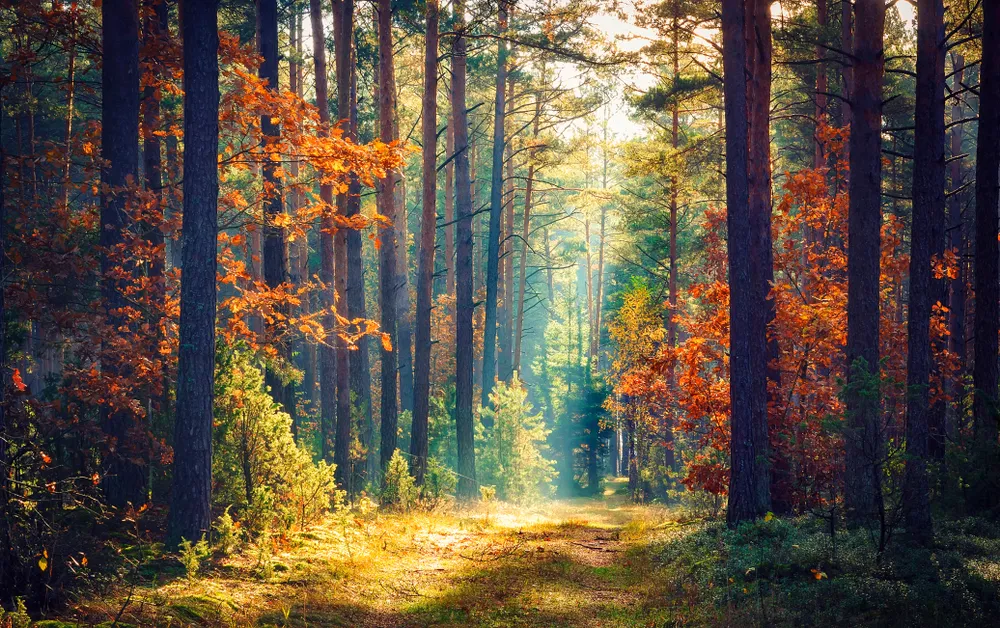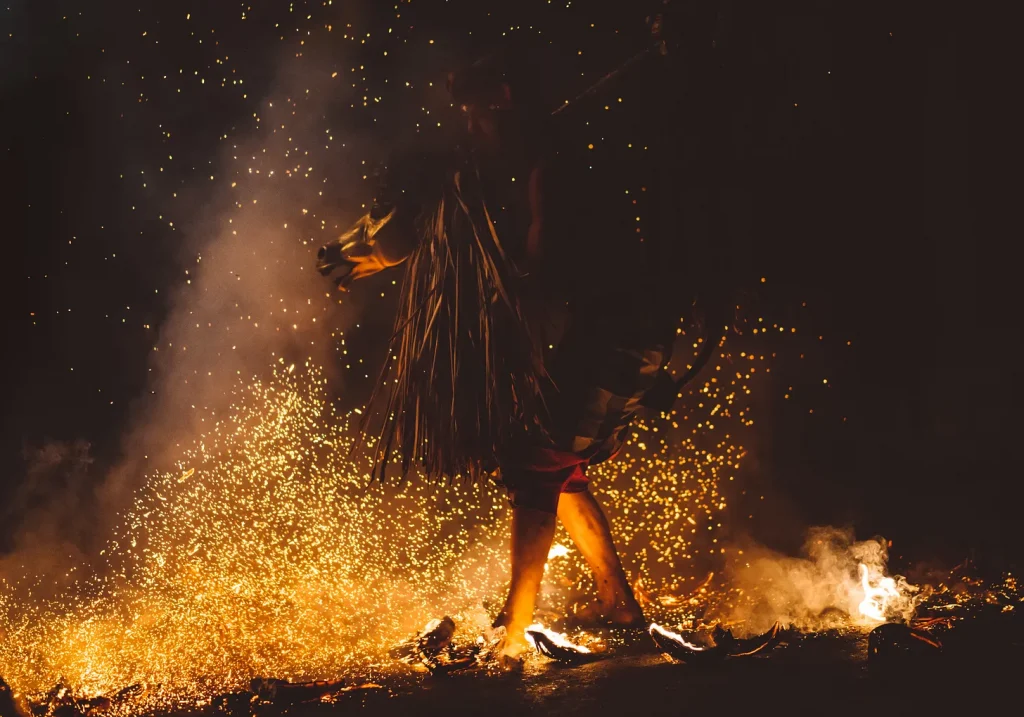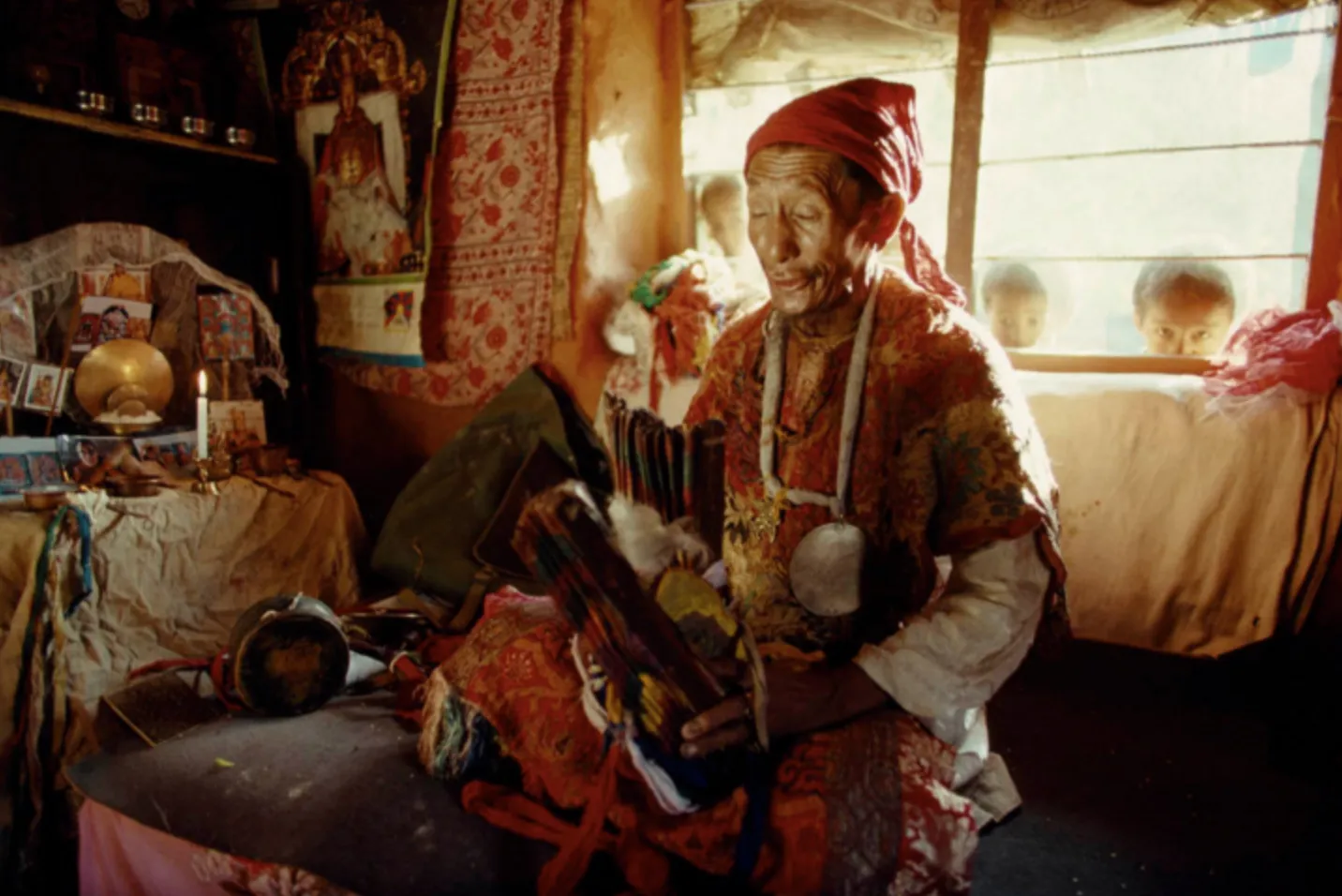The Scientific & Medical Network
Before you begin…
Take a moment and breathe. Place your hand over your chest area, near your heart. Breathe slowly into the area for about a minute, focusing on a sense of ease entering your mind and body. Click here to learn why we suggest this.
To disregard the problems facing the Earth and to proceed with business as usual in education would be a betrayal of trust. Our students want to know how to make a difference. They need hope. And it won’t come if all we can offer is another scientific theory or technological fix.
We must expand our vision to seek non-scientific alternatives. To make a difference, we must search for different understandings. Let us look to the wisdom of our ancestors. They believed that intelligence is not restricted to humans but is possessed by all creatures – plants as well as animals — and by the Earth itself.
They also believed in spirits. Human welfare was understood to depend on tapping into these wellsprings of wisdom, and all ancient societies (just like indigenous peoples today) had specialists skilled in communication with the natural world and with spirits. These people we now call shamans, and this article argues for the inclusion of shamanic practice in the educational curriculum.
Shamanism gives working access to an alternative technique of acquiring knowledge. Although a pragmatic, time-tested system, it makes no claim to be science. Its strengths and limitations are different from those of the sciences and thus complement them.
Being affective and subjective, shamanism offers another way of knowing.
Reason sets the boundaries far too narrowly for us and would have us accept only the known – and that too with limitations – and live in a known framework, just as if we were sure how far life actually extends. . . . The more the critical reason dominates, the more impoverished life becomes. . . . Overvalued reason has this in common with political absolutism: under its dominion the individual is pauperised. – Carl Jung
Of course science will offer some valuable new directions, but at the same time we must expand our vision to seek non-scientific alternatives. To make a difference, we must search for different understandings.
I am fortunate to live in a country, New Zealand, where many of my compatriots have an understanding of past and future that is fundamentally different from the prevailing ‘Western’ view. Most in our civilisation consider it self-evident that we stand facing the future with the past behind us, but traditionally for New Zealand Maori it is the future that is behind them.
They stand facing the past and their ancestors, who are a living presence in spirit. It is the vision of the ancestors that guides the present generation into the unseen future, with one clear and overriding purpose: to prosper the generations yet to be born.
Nga wa o mua “The days of the past to which we are coming.” — Maori proverb
Let us take our cue from Maori and consider the vision of our own ancestors. No matter what our ethnic background, we will discover that our ancestors (except some of the most recent) believed, like Maori, in the existence of spirits. They also stood in awe of the rich diversity of life forms, and they believed there is mutual interdependency between these forms, humans included, given that everything that exists is alive and conscious. They were of the opinion that intelligence is not restricted to humans but is possessed by all creatures – plants as well as animals — and, for that matter, by the Earth itself. Rock, soil, stream, ocean, wind, air, sky, the stars – all are imbued with consciousness.
Recognising that the Earth and many of its creatures vastly predate humanity and are therefore possessed of much older wisdom, our forebears honoured selected landforms, trees, plants, and animals as their ancestors. They understood that there is deep wisdom in the rhythms of the Earth and an infinite variety of life experience stored by our fellow creatures and by spirits. Human health and welfare were understood to depend on tapping into this wellspring of wisdom. On a planet that is everywhere alive, conscious and inspirited, humans were believed to have many wise allies for counsel and aid.

What is the relevance of this to our current concern about the fate of the Earth? If the ‘star billing’ given by us moderns to our species is unwarranted – if sapiens (wisdom) is not exclusive to homo (humanity) – then could it be that the fate of the Earth is not exclusively or even primarily in our hands? By our ancestors’ measure, we have grossly exaggerated our self-importance in the intricate web of life. Is it not conceivable that among our intelligent companions on this whirling voyage through space are some who may be capable of restoring the balance we humans have disturbed, of undoing the damage we have wrought? Possibly there are many more shoulders sharing this burden than we think.
Some of the strongest of those shoulders may be the smallest, as was demonstrated dramatically in the aftermath of the 2010 Gulf of Mexico oil well explosion. As millions of barrels of oil poured unchecked into the ocean from the uncapped well, there was a scramble to devise human technologies that would mitigate an environmental disaster of colossal scope. It took months before the flow was stopped, but in the meantime it was discovered that petroleum-eating bacteria had flourished in the oil plume and contained a vast amount of it. The micro-organisms had not only multiplied at an astounding rate, they also had ramped up their own internal metabolism to digest the oil efficiently. They formed a natural clean-up crew capable of reducing the amount of oil in the undersea plume by half every three days.
We may take hope from the fact that this kind of help is available, but we must also start paying attention, as did our ancestors, to what our travelling companions have to say to us. Every ancient society developed communication with the natural world and with spirits, and they had specialists skilled in the techniques of that communication. These women and men were held in high regard, but they were approached with trepidation, because they were perceived to be communing with mysterious and awesome forces. In Old French they were called “sorcier,” those in touch with the “Source.” The Anglo-Saxons spoke of the “Ways of Wyrd” known to “wizards” and “witches.”
Shamanism is the term now applied to what has come to be recognised as a worldwide phenomenon, whose practice can be found as far back as we can go in human history. Given the association in the popular imagination of the term shamanism with ‘native, tribal’ cultures, it will come as a surprise to many to learn that their own ancestors practiced shamanism. We are all descendants of shamanic peoples.
Research over the past 150 years by scholars of comparative religion, pre-history and anthropology has revealed strikingly close similarities in the shamanic techniques employed in ancient cultures and in modern indigenous societies worldwide.
The word shaman is borrowed from one of those contemporary indigenous societies, the Tungus of Siberia. We are fortunate there are native shamans still at work, despite the sustained, and in many cases brutal, efforts of colonial governments, Christian churches, and medical authorities to suppress them. In the past forty years there has also been a Western revival of shamanic practice inspired by indigenous teachers and reinforced by the recognition that these ancient spiritual traditions are our shared inheritance.

The Role of Shamans
What do shamans do? They work to maintain or restore harmonious balance between humans and the rest of nature through powerful connections with spirit helpers. This requires a mastery of the techniques of journeying.
A shamanic journey is a trance state purposefully induced by a mind-altering activity such as rhythmic movement or repetitive sound, most often steady and sustained drumming. Less commonly, a psychotropic substance is ingested. In their altered state of consciousness, using disciplined techniques, individuals can experience visions of flying or entering into the Earth. On their journeys, participants ask animal or guardian spirits to appear and help in finding the answer to a question about their life or about someone else who has requested aid.
Healing is the primary shamanic work. This includes healing of the Earth and its plants and animals. It also includes human healing, both the healing of dissension in groups and of physical and emotional illness in individuals.
In the shamanic worldview, dis-ease is understood to result from loss of connection to the spirits of nature and consequent loss of soul – individual or collective. Shamanic journeys take us to places where we can recover fragments of lost soul.
Journeying is useful for a wide range of practical purposes, and the experience can be powerful, often surprising the beginner with the cogency and helpfulness of what is revealed. Here is a personal example. Buying property is tricky at the best of times, but when you have been living in America for 30 years and would like to find a place in your home country, New Zealand, it’s a major challenge. That’s how it was for me in 1991, and I needed help.
I received it from a guardian spirit, an eagle. In a shamanic journey, the eagle took me flying over the Marlborough Sounds and showed me a remote property in such detail that I was able to draw a sketch map: the position of the house in relation to two garden plots; the boat shed; the jetty; the shape of the bay. My wife Jo and I brought the map with us when we came to New Zealand three years later. We found a place listed at the first real estate office we visited, and when we were taken to the land, we knew within ten minutes it was the place to which my eagle had flown me. We had no need to look at other properties.
I have another story of shamanic success in real estate. I once participated with 30 others in a shamanic journey to look for a new campus for the California Institute of Integral Studies, the small San Francisco post-graduate school of which I was then president. Many participants found themselves led by their spirit guardians to one particular city neighbourhood. Three people in the journeying group described ornamentation on the outside of a building.
One went down a chimney and saw a room with a polished wooden floor and an oriental rug. Another person reported a delicious aroma of baking. Most amusingly, some in the journeying group remarked on a pervasive smell of marijuana in the area. Little wonder. Three weeks later, we found an excellent property half a block from the corner of Haight and Ashbury Streets!
As we were to discover, the nearest shop, just two hundred metres from our new campus, was a deli, whose baked goods would become favourites of students and faculty, and the journey details of the ornamentation on the building, the chimney, and the room with the polished wooden floor and oriental rug all proved equally accurate.
As this suggests, shamanism can be fun! Shamans are theatrical. In order to rivet the attention of participants, shamans typically wear dramatic costumes and display colourful talismans as they burn herbs and rhythmically whirl, stamp, clap and drum loudly. Almost all of the physical senses of the participants are engaged.
As teachers, we should acknowledge shamans as exemplars of excellent educational practice. People learn most forcefully from forms that engage more than their intellects. They remember best what they do, rather than what they read or are told. Effective education must have a large experiential component, and shamanic practice can be a totally engaging experience…
READ FULL ARTICLE HERE… (insights.collective-evolution.com)
Home | Caravan to Midnight (zutalk.com)






